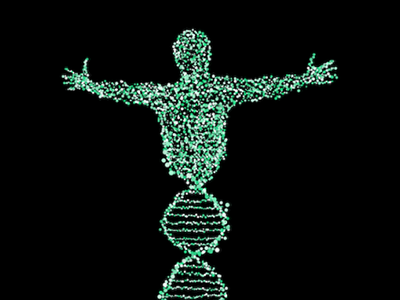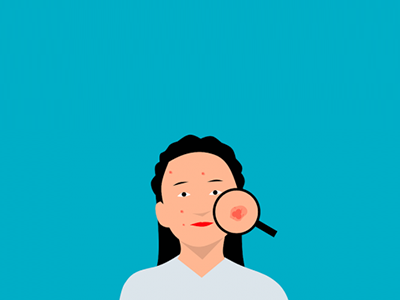Keto, Atkins, Paleo, Whole30, the list goes on and on. You’ve probably heard people talk about these diets and more and how their plan is the best for you to either sheds those pounds or feel healthier and revitalized overall.
Yet, many don’t tell you why each works and what they actually mean for you. That’s what we’re here for!
Keto Diet
The ketogenic or “keto” diet is a high-fat, low-carb, and moderately low-protein diet. The idea behind this strategy is that when the daily carbohydrate intake is kept low, your body uses fat from your diet and from your body as its energy source rather than the glucose (or sugar) found in a carb-heavy diet.
Health benefits of the keto diet include weight loss (since you are burning fat stores for energy), increased energy, healthy aging, increased lifespan, better brain health, and a decrease in chronic inflammation (a causative agent in many disease processes).
Some tips to follow this diet:
- Keep carbohydrate intake low (5-10% of the diet)
- Increase the intake of healthy fats (70 to 80 percent of the diet)
- Keep protein moderate (15 to 25 percent protein)
Atkins Diet
The Atkins diet is similar to the keto diet in that both are low-carb and higher-fat strategies. Yet, the Atkins includes a higher protein intake and allows the dieter to eat some grains as opposed to none in the keto diet. It is more of a weight loss program than a lifestyle strategy as is the case with the keto diet.
Some health benefits of the Atkins diet include increased weight loss, decreased symptoms of GERD (gastric reflux), a decrease in acne, and fewer headaches.
Some tips for the Atkins diet:
- Keep carbohydrate intake low
- Keep protein high (30 percent of daily calories)
- Increase fat intake























